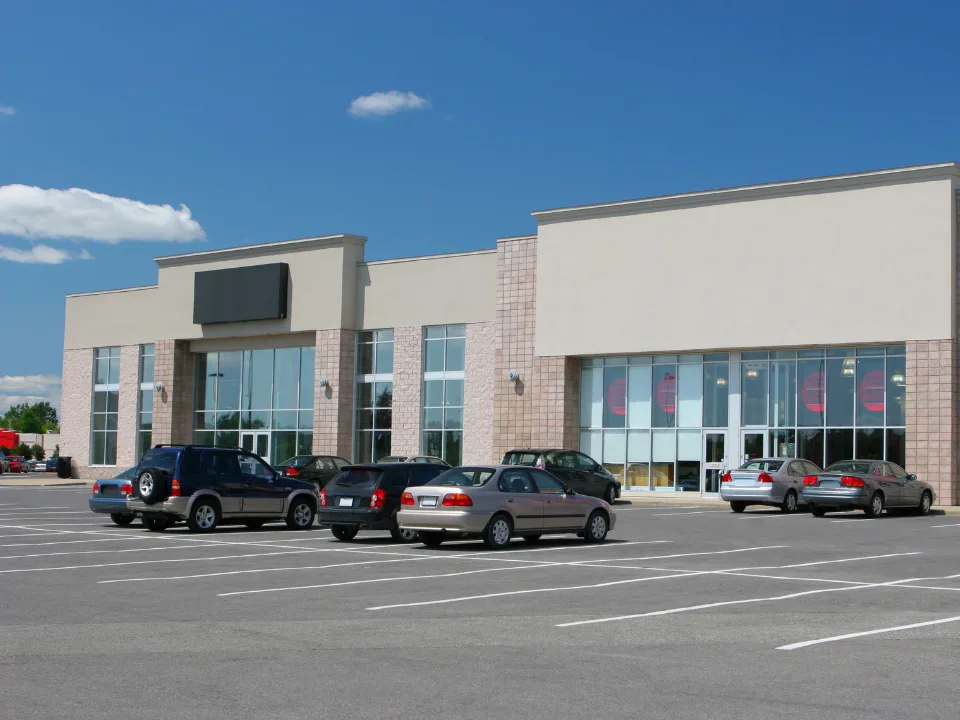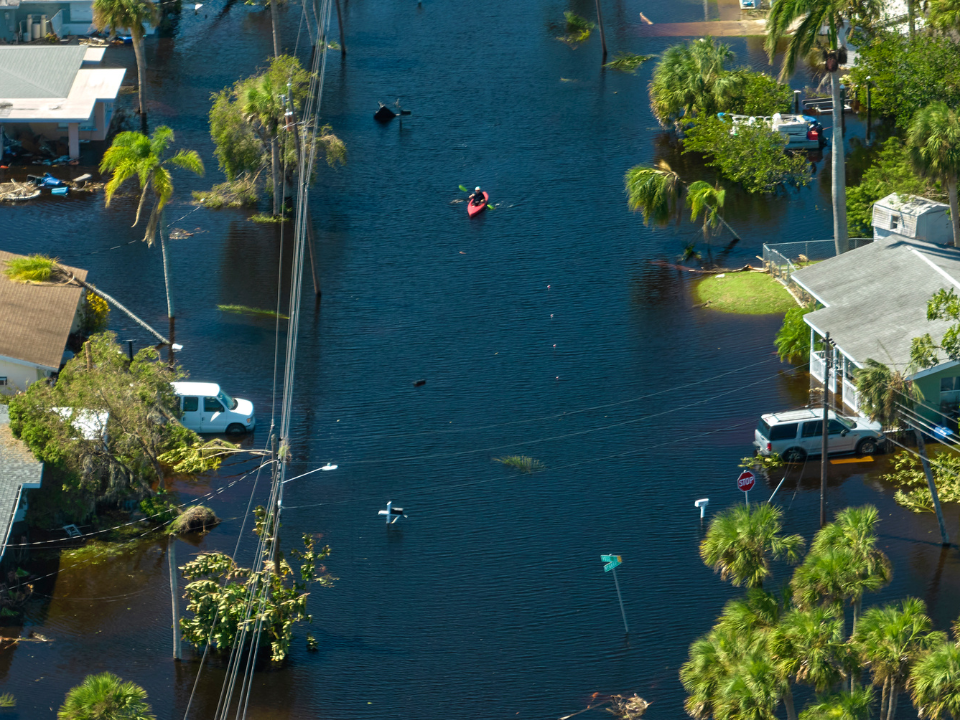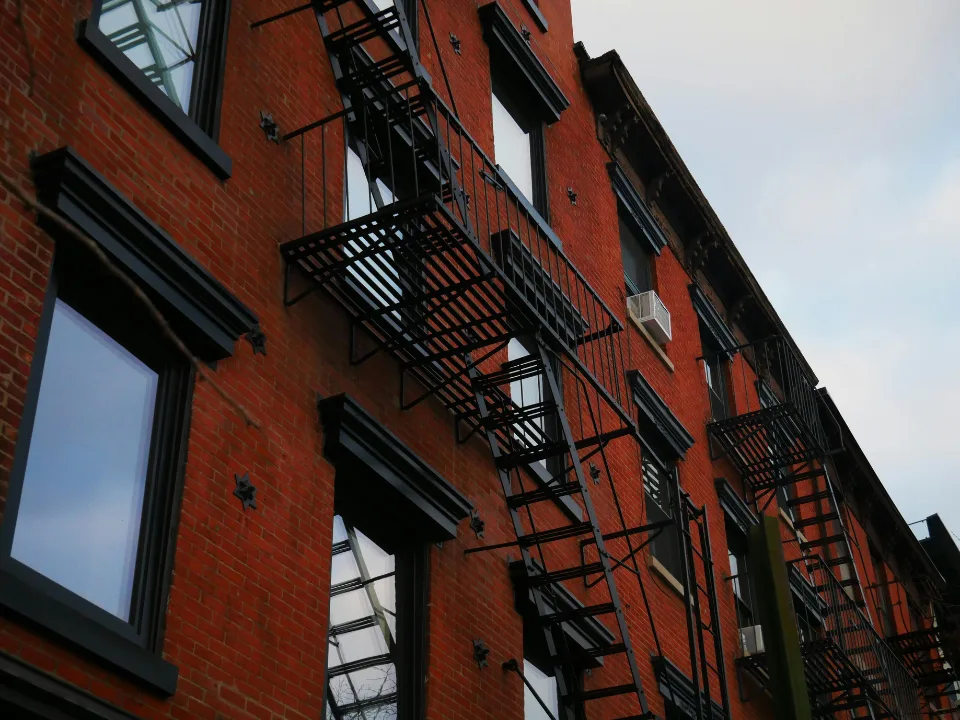- Insurance premiums for CRE have spiked, particularly in storm-prone areas, exacerbating financial strains on property owners grappling with vacancies and rising debt payments.
- Hurricanes like Helene have highlighted the vulnerability of properties across the U.S., with lenders maintaining strict insurance requirements, fearing potential defaults.
- Some landlords are cutting back on renovations and upgrades to manage surging insurance costs, as many lenders refuse to ease coverage conditions.
According to the New York Times, commercial real estate has been hard hit by post-pandemic vacancies and rising debt costs, but soaring insurance costs are an even bigger problem.
Insurance Surge
While homeowners are already familiar with natural disaster-driven insurance premiums, commercial property owners in coastal areas face even sharper hikes as hurricanes and floods push insurers to raise rates or exit vulnerable markets altogether.
According to insurance brokerage Marsh McLennan, premiums on commercial properties rose 11% across the country in 2022, with storm-prone regions like the Gulf Coast and California seeing up to 50% hikes. In 2023, these premium spikes doubled, in some cases.
In fact, insurance costs now account for 8% of apartment building operating expenses, compared to 4% just five years ago.
Tightening Requirements
Building owners find themselves trapped between insurers and lenders, unable to make even minor adjustments to insurance policies.
- Lenders are unwilling to relax requirements, fearing their collateral could be compromised if properties are underinsured in the event of a disaster.
- Banks demand full coverage, often preventing landlords from using policies that cover only the loan value rather than the cost of rebuilding.
Struggling to Cope
For landlords, this insurance pressure adds to already significant financial stress from stagnant rents and soaring borrowing costs.
Some, like Mario Kilifarski of Fundamental Advisors, have shifted strategies, postponing cosmetic upgrades in favor of energy-efficient renovations that reduce operational costs.
While rising insurance premiums alone haven’t triggered widespread foreclosures, some deals have collapsed under the weight of increasing costs. Lenders are wary of softening insurance demands, as they worry about potential financial instability if a large disaster destroys underinsured properties.
Long-Term Outlook
Even as interest rates show signs of easing, commercial real estate owners aren’t out of the woods. The rising cost of insurance will likely continue to be a major hurdle for the foreseeable future, particularly as climate change increases the frequency of extreme weather events.

















